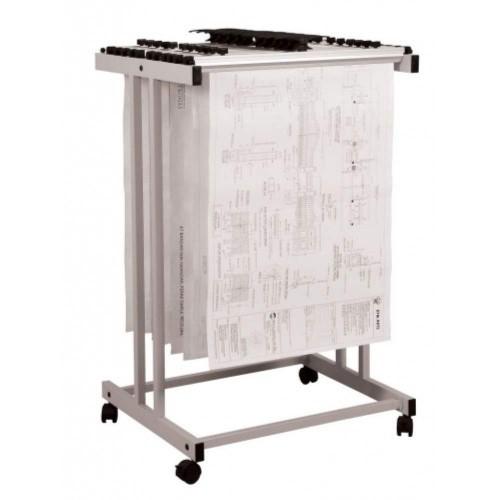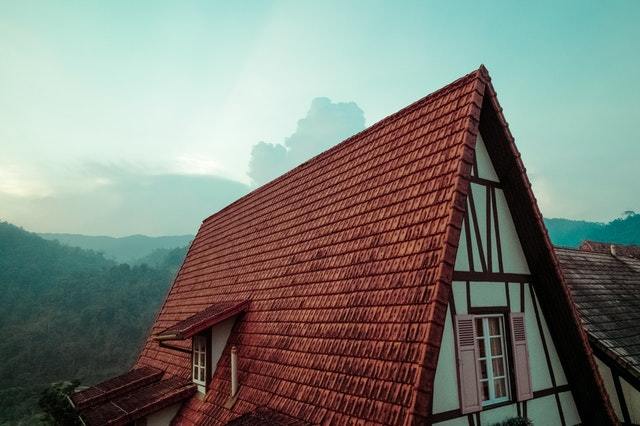
Earthquakes are natural disasters that cause soil failure, structural collapse, and loss of lives.
The most severe ones are as a result of seismic ground movements, which propagate from the earthquake and spread in all directions, thereafter affecting buildings and causing their collapse.
These waves are powerful and can cause ground movements over hundreds of miles from their origins. The ground movements depend on the intensity, duration, and frequency of the earthquake-induced ground motions.
Earthquakes are very destructive; numerous ways to make buildings resistant to earth disturbances have emerged with advancements in building technologies.
How to Make Your Building Earthquake Proof
The techniques used in protecting buildings from earthquakes are aimed at protecting lives, reducing damages, and ensuring that structures remain fully functional in the event of an earthquake. Some of them are discussed below.
Vibration Control
Your building can be constructed to absorb vibrations from earthquakes just like the way the shock absorber in a vehicle absorbs the vibrations the vehicle experiences. Devices such as dampers are suitable for absorbing and neutralizing external vibrations.
When your building suffers from an earthquake, there’s a travel of strong waves in the ground. The effect of the waves is minimized when they come in contact with dampers in your building. It won’t suffer the full effect of the vibration.
Dampers are made of piston heads filled with silicone oil, which are placed on every level of the building. They have one end attached to a column and the other attached to a beam. In the case of an earthquake, the horizontal motion of the building will cause the pistons to act against the oil, resulting in the transformation of the mechanical energy of the earthquake to heat.
There are two major methods of controlling the vibrations of your building. These are the passive control and active control.
Passive Control System
Vibrations from earthquakes are converted into other sources of energy in the passive control system.
In this system, a building can be separated from the influence of external loads (like earthquake) by implementing some structural modifications. These modifications are aimed at reducing the vibrations the building can experience during an earthquake.
This method doesn’t use an external source of energy to operate, which eliminates the risk of power failure in the face of an earthquake. It is cheaper and easy to install and maintain.
A disadvantage of the passive control mechanism is that it’s unable to adjust to the required situation. This means that once it has been installed, its response to seismic events will be constant irrespective of the gravity of the vibration.
Below are the types of vibration control mechanisms that fall under the passive control system.
- Seismic Base Isolation
Seismic base isolation, otherwise known as base isolation system, is one of the most common ways of guarding your building against the effects of earthquakes. It can be used for both high-rise and small buildings.

Image credit: ibec.or.jp
The seismic base isolation uses oil dampers (which absorbs earthquake vibrations), linear-motion bearings (which allow the building to be displaced), laminated rubber bearings (which allow the building to return to its original position after the earthquake has subsided), and other types of bearings like spring bearing and ball bearing.
All these form part of its structural elements that detach the foundation of a building from its upper part, thereby mitigating the effects a shaky ground will have on the building when an earthquake occurs.
- Pendulum Damper
You can protect your building from earthquakes using earthquake damping pendulums. Also known as tuned mass dampers, this damping technology is used in high rising buildings like skyscrapers.
Their mode of operation is using heavy pendulums to oppose the ground action caused by earthquakes. The heavy pendulums are suspended near the top of the building using steel cables and operated with a system of hydraulics.
There’s a massive vibration in the ground when an earthquake hits an area; this vibration is capable of displacing the foundation of a building. In the case of a high-rise building, the top of the building doesn’t get displaced immediately. It takes a little while before the building falls to the ground.
Within the little moment before the building falls, the heavy pendulum swings into action immediately by swaying to counter the frequency of the building. This ensures that the violent collapse that would have occurred from the collapse of the building is averted.
Active Control System
The active control system uses external sources of power to mitigate the effects of vibrations from earthquakes. It includes the active brace system, tendon system, and active mass damper system (AMD).
The system uses an algorithm to alter the stiffness of the dampers responsible for reducing the vibrations of a building in the event of an earthquake.
- Active Brace System
This is a smart system capable of detecting an oncoming earthquake vibration. It uses an electronic and hydraulic feedback to trigger an active brace to counter the vibrations.
- Active Mass Damper System

It uses actuators that work over a wide range of frequency. The actuators are installed in between the structure and auxiliary system. And they control the motion of the auxiliary system using a control algorithm. The sizes of the actuators depend on the size of the building.
The active mass damper system was designed to conquer the limitations posed by the passive protection system.
Reinforce the Structure of Your Building
Making your building earthquake proof has a lot to do with modifying its structure using some specific building materials and technology other than the regular construction materials.
These materials aid in redistributing the forces your building may encounter when an earthquake strikes. Some of these technologies include shear walls, diaphragms, cross braces, and moment resisting frames.

Image credit: iseekplant.com.au
- Shear Walls
These are built to resist the loads from earthquakes by transferring the vibrations from the top of the building down to its foundation. They are usually made from concrete or masonry and are suitable for high-rise buildings prone to earthquakes.
Shear walls generally work to resist lateral forces (forces parallel to the ground, like seismic loads). The walls are made as elevations on the perimeters of high-rise buildings or made to form a rectangle-like enclosure at the center of the building (on the roof).
The working principle is that when seismic waves hit different sides of the wall (perpendicularly), they produce a rotational force. Since all the sides of the walls act as members, the compression force at a corner balances the tension force at another corner.
- Diaphragms
These are structural elements that transfer lateral forces to a vertical structure (like your shear wall) in a building. This implies that they are horizontal structures, although they could be slanted a bit when they also act as roofs.
They can be constructed using metal decks, concrete slabs, or other materials.
There are two types of diaphragms; flexible diaphragm and rigid diaphragm. Flexible diaphragms transfer load to a member irrespective of the flexibility of that member while rigid diaphragms transfer load to a member, depending on the flexibility of the member and their location in a structure.
NB: ‘member’ in this case is the vertical shear walls and frames.
- Cross Braces
These are made of braces that continually form an X-shape and are attached to the walls of a building. They are made with steel cable and made to resist lateral forces. When subjected to lateral force such as an earthquake, one brace is subjected to compression while the other is subjected to tension. This makes the building stable.
Note that this method may obstruct the windows of your building.

Image credit: rishabheng.com
Core Walls
Core walls are reinforced concrete walls (rectangular or square tubes) built at the center of the floor plan of a building, which may have space around it for other purposes. This core runs up the entire length of the building, providing the building with a strong support against lateral forces such as vibrations from earthquakes.
Core walls are suitable for high-rise buildings, especially buildings whose structural materials are made from light steel frames.
Steel cores can be used for steel-framed buildings instead of concrete core walls. The strength of the steel core can be increased by supplementing it with cross braces.
Carbon-Fiber Wrap
Carbon-fiber wraps are made by mixing carbon fibers with binding polymers such as polyester, vinyl ester, epoxy, or nylon to produce a strong and composite material, which is also lightweight.
The procedure is done in a vacuum or carried out by applying heat or pressure. The strength of the carbon fiber can be strengthened by making the weave (just as in fabrics) more complex.
Carbon-Fiber wraps are wrapped around concrete supporting columns with pressurized epoxy pumped in the gaps in between the columns and the material. The process can be repeated multiple times to increase its strength.
The result of this method is a building strong enough to absorb the vibrations of an earthquake.






Leave a comment
This site is protected by hCaptcha and the hCaptcha Privacy Policy and Terms of Service apply.